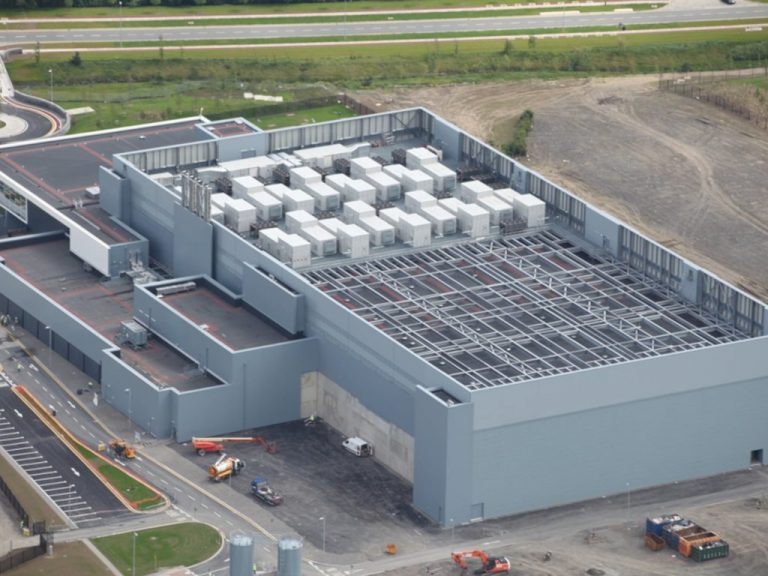In a surprising move, Microsoft is hiring a “Principal Program Manager Nuclear Technology” to spearhead their ambitious endeavor to power data centers with nuclear reactors.
The job ad leaves no room for ambiguity, outlining the responsibilities lies ahead for the lucky individual who fills this critical role. The primary duty of the principal program manager will be to develop and execute a comprehensive global strategy for implementing Small Modular Reactors (SMR) and microreactors to power the data centers that host Microsoft’s Cloud and AI services.
With the increasing demand for energy to fuel these immense computing machines, Microsoft is actively seeking solutions that are not only more sustainable but also cost-effective.
The chosen leader will bear the weight of maintaining a clear and adaptable roadmap for integrating SMRs and microreactors, carefully selecting and managing the necessary technology partners and solutions. Additionally, they must continuously evaluate the business implications of progress and implementation, ensuring Microsoft remains on the cutting edge of this innovative approach.
One of the essential requirements for this position is prior experience in the energy industry, specifically a deep understanding of nuclear technologies and regulatory affairs. The perfect candidate will have their finger on the pulse of the latest advancements and regulations in the nuclear field.
Furthermore, they should be willing to venture into uncharted territory, taking responsibility for researching and developing other pre-commercial energy technologies.
Small Modular Reactors (SMRs) are precisely what the name suggests – small, modular power plants harnessing nuclear fission. Unlike conventional nuclear plants, which are custom-built and remarkably expensive, SMRs can be mass-produced and easily transported and installed in various environments.
This simplicity, combined with their relative portability, makes SMRs less complex and, consequently, less risky. Supporters of SMRs propose an intriguing prospect – repurposing the vast sites of existing fossil-fuel-fired power plants. This approach would allow Microsoft to take advantage of the grid connections already in place, minimizing the disruption caused by the transition to nuclear energy.
As we await news of the individual who will fill this prestigious role, anticipation grows as the world watches Microsoft reshape the landscape of data center power generation.


